No matter if you are a novice or professional athlete, sports conditioning can help improve your physical condition and overall health. Strength training and flexibility workouts help to prepare your body for sports.
This is a good way to stay fit, no matter what level of play you are at. We will discuss some common questions people may have about this type of exercise. We will also give you tips on how to get started.
What is Sports Conditioning?
Some people want to improve their power-speed ratio, while others want to improve their endurance. However, doing sports conditioning workouts can also help you improve other skills that you need.
Conditioning work is an important part of your training program, but it’s not the only thing you need to think about. You also need to consider things like diet and rest. There are many resources out there for athletes who want to learn how to condition themselves. This includes books and websites that have articles written by experts in this field.
Even though one may be more advanced than the other, both are necessary for your training.
Athletes need more time in their sport than others to be in good shape. Some people have to spend a lot of time training for a competition, but other people can be good at things very quickly.[1]
Sport Conditioning Basic
Speed training can have a major impact on the speed at which you move. If your sport requires quick movements, then it is important for athletes to take this type of exercise seriously. They can improve their reaction time and agility through consistent practice with fast-paced routines designed just for them!

Agile athletes have a big advantage in sports because they can move more quickly and easily. This also helps their muscles get stronger so they can do things like play basketball or soccer, or even go running if they like to run a lot and have good form.
This type of workout will help you become faster at your favorite sport, such as hockey or baseball!
It’s not just athletes who can benefit from sports conditioning. People who don’t move a lot during the day, like those who play sports or do other activities, can still feel the effects of not being active. [3]
The Goals and Benefits of Sports Conditioning
Physical conditioning that is specific to athletes is called sports conditioning. In order to improve, you need to practice and do your best.
As an athlete, you need to stay in top physical shape and have a good mind-body connection. Conditioning can help improve your athletic performance by increasing your strength, power output (for movement), and cardiovascular endurance.
This means that you are less likely to get injured while competing or training hard because you have conditioned your body to fight against muscle fatigue. Additionally, conditioning will help improve your flexibility, making it easier for you to move around the court, field, or track.
It also speeds up reaction time so players are not always reacting during games. They can now think more quickly while playing, making them less tired even if they have been working hard all day long.
There are many benefits to sports conditioning, but the main goal is always to improve your athletic performance. By doing specific exercises that target the muscles used in your sport, you can develop more power and strength. This will help you run faster, jump higher, and throw farther. [2]
Qualities of Sports Conditioning Personal Trainers
Personal trainers have experience with this and they know what it takes to be successful. They have also completed certifications from an organization that specializes in this area. They can help you create a program that is perfect for your needs. You don’t need to feel overwhelmed or intimidated by the options.
This is someone who inspires you to work hard and stay motivated. They will not let you give up, no matter how much of a sweat or strain something may be putting on yourself. They will make sure that everything is going to work out just fine for these next few weeks/months.
This person should be someone you can trust and confide in. It is important for them to be supportive of each other, honest about goals and failures, and to remain positive. [2]
Football
If you’re looking to get in top physical shape, football conditioning is the way to go. Not only does training help improve your speed and strength, but it also makes you more durable so that you can play your other sports games on Sundays.
Football conditioning programs typically involve a lot of sprinting and lifting weights.
Or you might lift heavy weights for short periods of time to build up your muscles.
The key is to find a program that works for you and stick with it. You’ll see the biggest improvements if you can consistently train three to five days per week.
If you’re not sure where to start, ask your coach or a trainer at your local gym for help. They can create a customized plan that’s specific to your needs and goals. [1]
Aerobic / workouts
People might think that they are not fit enough to do sports. This is not always the case. You can get fit by doing things like weightlifting and sprinting. Sports conditioning is a way to get physically ready for sports that require specific skills, like jumping higher or running faster than your opponent. Conditioning programs are important because they help improve your performance and prevent injuries.
Jumping rope will make you faster, stronger and more agile. Conditioning is important for all athletes. This is especially true for runners because their bodies take a lot of stress during a long run.
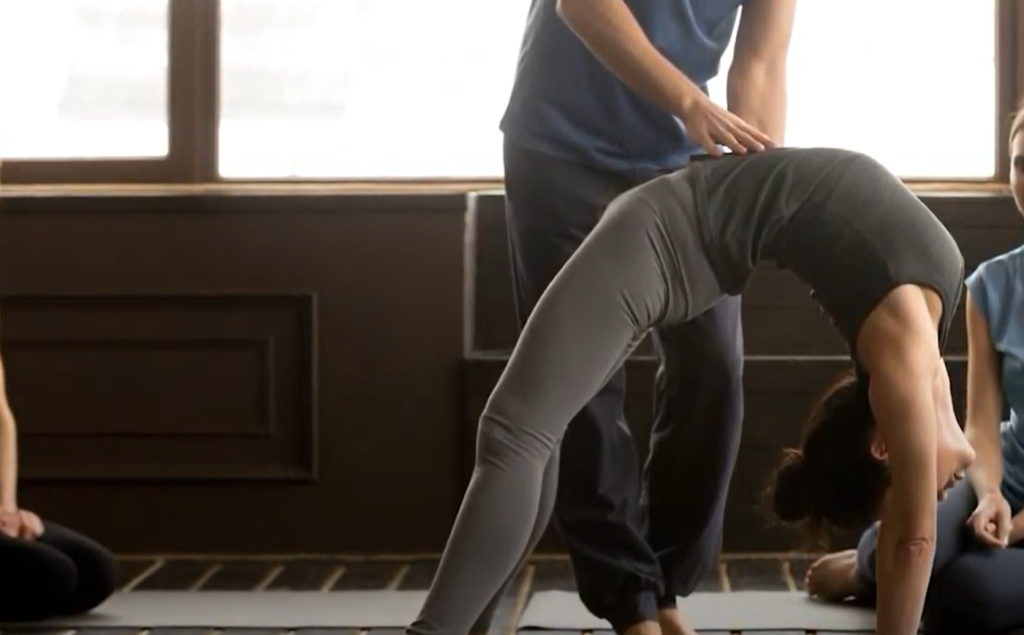
The goal of your sports conditioning program should be to improve both aerobic and anaerobic fitness. Aerobic exercises help you breathe more easily and improve your cardiovascular health. When you do aerobic exercises, the oxygen in dissolved molecules can travel through blood vessels and into muscle cells more easily.
Workouts that make you feel sick help build muscular strength and power. This is done with short bursts of activity followed by slow recovery periods. This will help you handle more work overtime without getting tired too quickly. This is perfect if there is a game or competition coming up soon!
Many programs include some type of training that can help improve your range of motion and prevent injuries.
Boxing
Boxing is a simple and effective way to get in shape. There are different ways to use this machine to get a good workout. You can make it more or less intense, depending on what you want.
It can be tough knowing which type of workout will suit you best. There are two types of exercises- aerobic and anaerobic. Aerobic exercises improve your cardiovascular endurance, while anaerobic ones help you build power or speed. Anaerobic exercises are useful when things get close quarters at the gym (or on your street).
If you want to get the best results, it is important to find a good workout. Aerobic boxing is an excellent choice for people who want to build their endurance and strength while also getting in some high-intensity interval training (HIIT).

If you’re looking for a workout that is more exciting and faster paced than a long walk with weights, then anaerobic exercises might be right for you. [1]
Unleashing Athletic Potential: Sports Conditioning Essentials
Sports conditioning is a crucial aspect of athletic performance and preparation. Here’s a comparison of sports conditioning, its key components, and the benefits it offers to athletes.
| Aspect | Key Components | Benefits |
|---|---|---|
| Sports Conditioning | Training, nutrition, and recovery tailored for specific sports and athlete needs. | Enhanced performance, injury prevention, and improved overall fitness. |
| Training Programs | Customized workouts, strength training, endurance drills, agility exercises, and sport-specific drills. | Increased strength, speed, endurance, and skill development. |
| Nutrition | Optimal diet planning, hydration strategies, and supplements to support training goals. | Improved energy levels, muscle recovery, and overall health. |
| Recovery Techniques | Rest, stretching, massage, and injury management to aid in athlete recovery. | Reduced risk of overuse injuries and faster post-workout recovery. |
| Performance Monitoring | Tracking progress, assessing weaknesses, and adjusting training plans accordingly. | Optimized training plans, goal achievement, and peak performance during competitions. |
Explanation of the Table:
- Aspect: Introduces the key aspect of sports conditioning.
- Key Components: Describes the critical elements that make up sports conditioning.
- Benefits: Highlights the advantages that athletes gain from engaging in sports conditioning programs.
Sports conditioning is a comprehensive approach to improving athletic performance. It involves customized training programs, nutrition plans, and recovery techniques tailored to the specific needs of athletes and their sports. By engaging in sports conditioning, athletes can experience enhanced performance, injury prevention, and overall fitness improvement.
The key components of sports conditioning include structured training programs, nutrition guidance, recovery techniques, and performance monitoring. These elements work together to optimize an athlete’s physical and mental readiness for their sport.
Whether you’re a professional athlete or a dedicated amateur, sports conditioning can help you unlock your full athletic potential.
FAQ
What Does Conditioning Mean In Sports?
Conditioning is the process of preparing an athlete for competition. This involves both physical and mental preparation. The goal is to help athletes reach their peak performance level so that they can compete at their best.
Regular workouts at the gym can help improve your strength and endurance. This means you’ll be able to play more games without getting injured.
Conditioning is very important when it comes to training. There are many ways to do it, including weight lifting or exercises that make you jump. Coaches create conditioning programs based on what their clients need. This includes how much the client needs to improve, as well as any specific demands that are placed on them by other teams or by match times and dates.
What Exactly Is Conditioning?
Conditioning is all about endurance, strength and flexibility. The first step of conditioning is to have sustained physical activity. “Paying off” means how much force your muscles can produce at once. Range-of-motion is being able to move your joints through their full range without any pain or restrictions.
Conditioning is a type of training that helps your body to become stronger and more resistant to physical stress. It can help improve your endurance, strength, and flexibility. This means you will have more energy throughout the day or when doing activities like running a race. If you are not properly conditioned, it might be hard on your body because you lack preparation time.
All of these elements are important for athletes, but the specific focus will depend on the sport or activity. For example, someone who is training for a marathon will need to focus more on endurance than someone who is trying to improve their performance in powerlifting.
Why Is Sport Conditioning Important?
Sport conditioning is important for a number of reasons.
- It improves your athletic performance by making you stronger and more explosive.
- It reduces your risk of injury by preparing your body for the rigors of training and competition.
- It can help you recover from workouts and competitions more quickly.
- Sport conditioning can make you mentally tougher and more resilient, which can lead to improved performance.
There are a number of different ways to condition your body for sports. The most common method is through weight training, which can help you build strength and power. Other methods include plyometrics, speed work, and agility training.
The best way to find out what type of conditioning will work best for you is to speak with a coach or trainer. They can help you create a customized plan that fits your specific needs.
If you’re new to sports conditioning, it’s important to start slowly and gradually increase the intensity of your workouts. This will help your body adapt to the new stresses you’re placing on it and reduce the risk of injury. It’s also important to focus on quality over quantity. Doing a few sets of high-quality exercises is better than doing a large number of lower-quality ones.
What Is Strength and Conditioning In Sport?
Sports conditioning is a type of strength or endurance training that is designed to improve your performance in the sport you play. Football players might want exercises that will help them run faster. Other people might need different types of conditioning depending on the sport they play.

There are three important things to focus on when conditioning for sports: strength, power and endurance.
- Strength is how much force you can generate against an object.
- Power is how quickly you can generate that force. These two things contribute to better performance, but there is something they don’t account for: your body’s density. This affects how successful someone will be at lifting heavier weights because of their size alone.
- Endurance is more important than strength because if someone has a lot of endurance, they only need a small amount of food before their training session.
How does sports conditioning differ from regular fitness training?
Sports conditioning is distinct from regular fitness training in that it focuses on improving specific physical attributes and skills relevant to a particular sport. It tailors training programs to meet the demands of the sport, considering factors like agility, endurance, speed, and sport-specific movements.
What are the key components of a sports conditioning program?
A comprehensive sports conditioning program typically includes components such as cardiovascular conditioning, strength training, flexibility and mobility work, speed and agility drills, sport-specific skill development, and recovery strategies. These elements work together to enhance an athlete’s overall performance.
How do athletes benefit from sports conditioning programs?
Athletes benefit from sports conditioning programs by improving their physical fitness, enhancing sport-specific skills, reducing the risk of injuries, and increasing their competitive edge. These programs help athletes reach peak performance levels and adapt to the unique demands of their chosen sport.
Is sports conditioning limited to professional athletes, or can amateurs benefit from it as well?
Sports conditioning is not limited to professional athletes; amateurs and recreational athletes can also benefit significantly from it. Tailored conditioning programs can help individuals at all levels of sports participation improve their performance, prevent injuries, and enjoy a more fulfilling sporting experience.
How do sports conditioning specialists design personalized training programs?
Sports conditioning specialists design personalized training programs by assessing an athlete’s current fitness level, identifying their strengths and weaknesses, and understanding the demands of their sport. They then create a structured plan that addresses the athlete’s specific needs and goals, incorporating various training methods and exercises.
Useful Video: What is Sports Conditioning?
Conclusion
In short, using a weighted vest can improve your performance as an athlete by increasing your strength, speed, power and agility. It can also help reduce the risk of injuries.
If you’re an athlete, whether you play sports on the weekends or competitively, it’s important to have a good understanding of sports conditioning basics. If you want to be better at sports, try sports conditioning. You may be surprised at how much of a difference it makes.
References:
- https://www.onthegofitnesspro.com/what-is-sports-conditioning/
- https://www.personaltraineredu.org/sports-conditioning/
- https://sportmedbc.com/article/sport-conditioning-basics

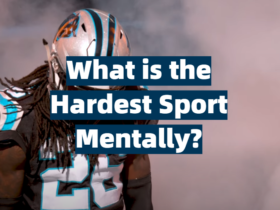

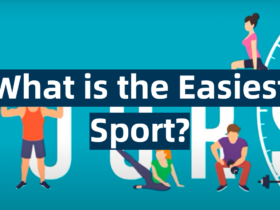
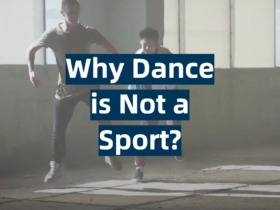
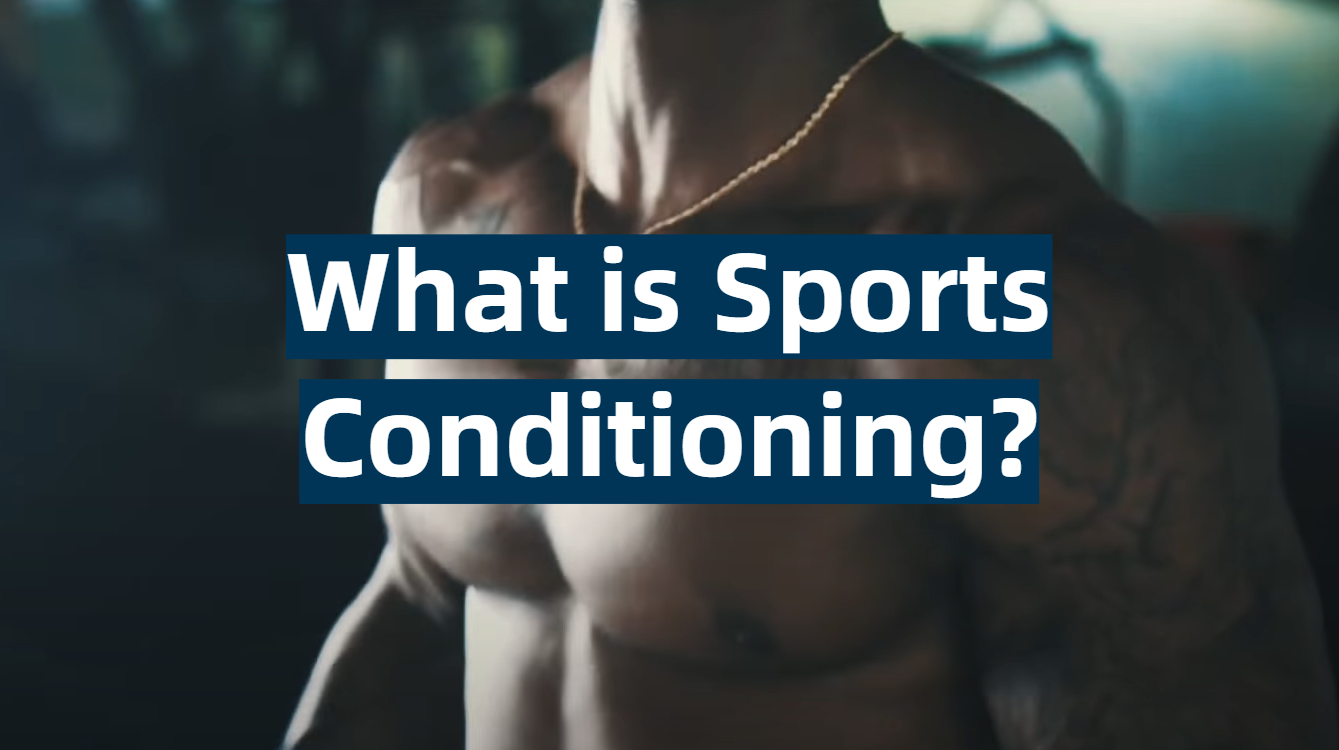




Leave a Review